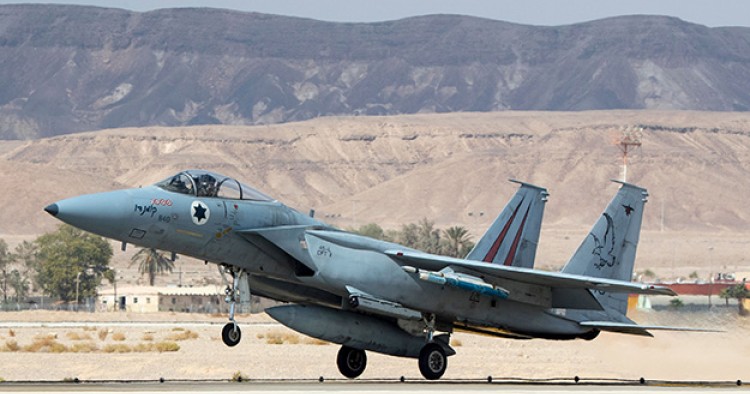Read the full article on Daily Beast
In the early hours of Monday morning, two Israeli fighter jets crossed into southern Lebanon and launched a number of missiles at Syria’s strategic T4—or Tiyas—airbase in Homs province. The missiles struck a section of the base used exclusively by Iran’s Islamic Revolutionary Guard Corps (IRGC), its external specialist Quds Force and Hezbollah to house senior personnel, strategic weaponry and sophisticated drones in semi-hardened air hangars. At least 14 people were killed in the missile strike, which Russian Foreign Minister Sergey Lavrov later labeled a “very dangerous development” in an unusually harsh rebuke of the sort of Israeli action that Moscow usually has glossed over quietly.
It seems likely therefore that for the first time Israel chose not to pre-warn the Russian Ministry of Defense of its strike plans—sending a strong message about the increasing intensity of its concerns about the scale of Iran’s presence in Syria and Russia’s apparent failure to contain or limit it. Russian troops are stationed at T4 and its aircraft frequently conduct operations from its runways, making an unannounced Israeli strike even more of a bold move, and an escalatory development.
Two months ago, the world stood by and watched as Israel and Iran engaged in a brief series of intensifying tit-for-tat military engagements over the skies of Syria—in which the IRGC’s facility in T4 was again involved. In the space of several hours, an advanced Iranian drone and an Israeli F-16 fighter jet were shot down, and 12 Syrian and Iranian military facilities were damaged or destroyed.
The Middle East Institute (MEI) is an independent, non-partisan, non-for-profit, educational organization. It does not engage in advocacy and its scholars’ opinions are their own. MEI welcomes financial donations, but retains sole editorial control over its work and its publications reflect only the authors’ views. For a listing of MEI donors, please click here.













